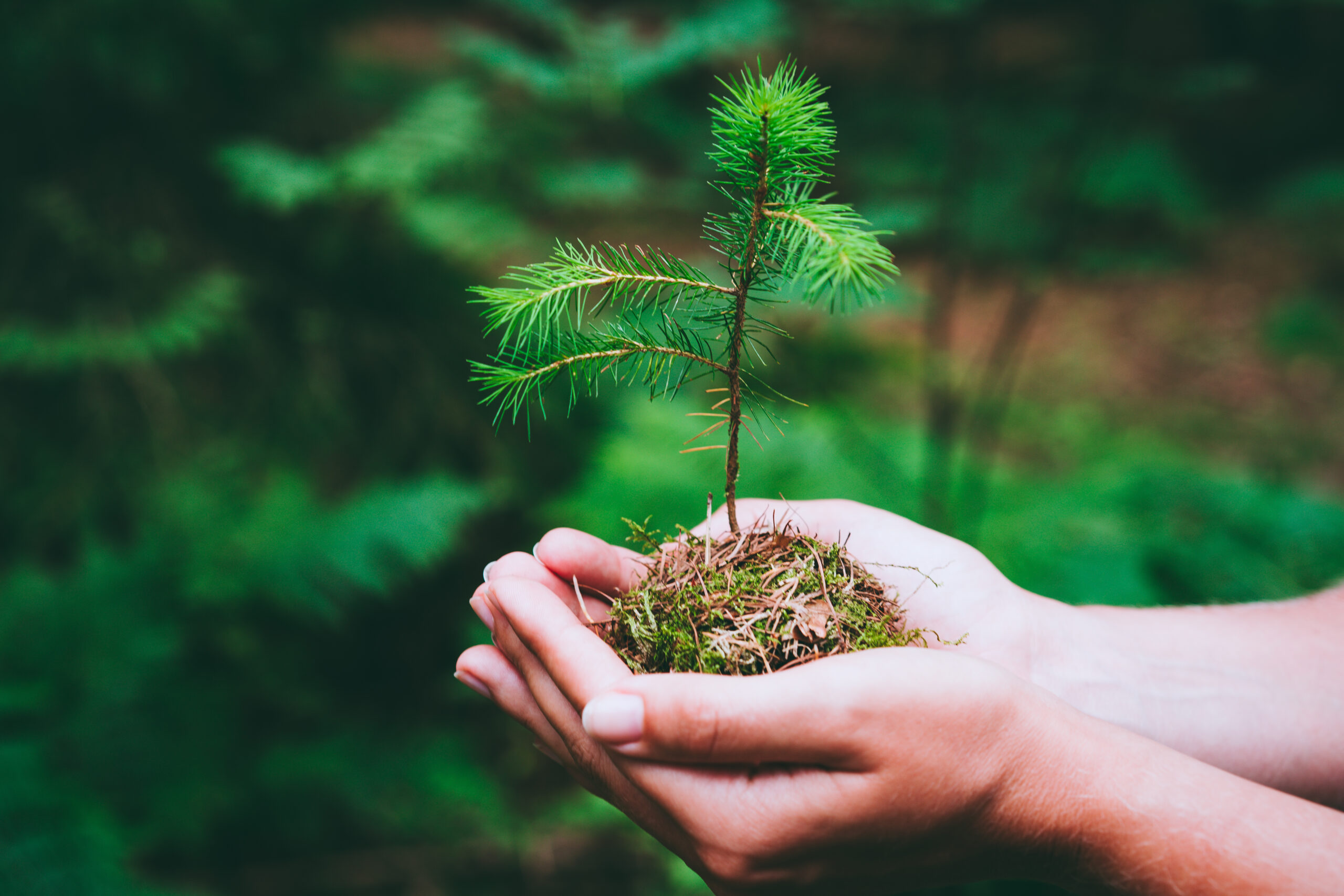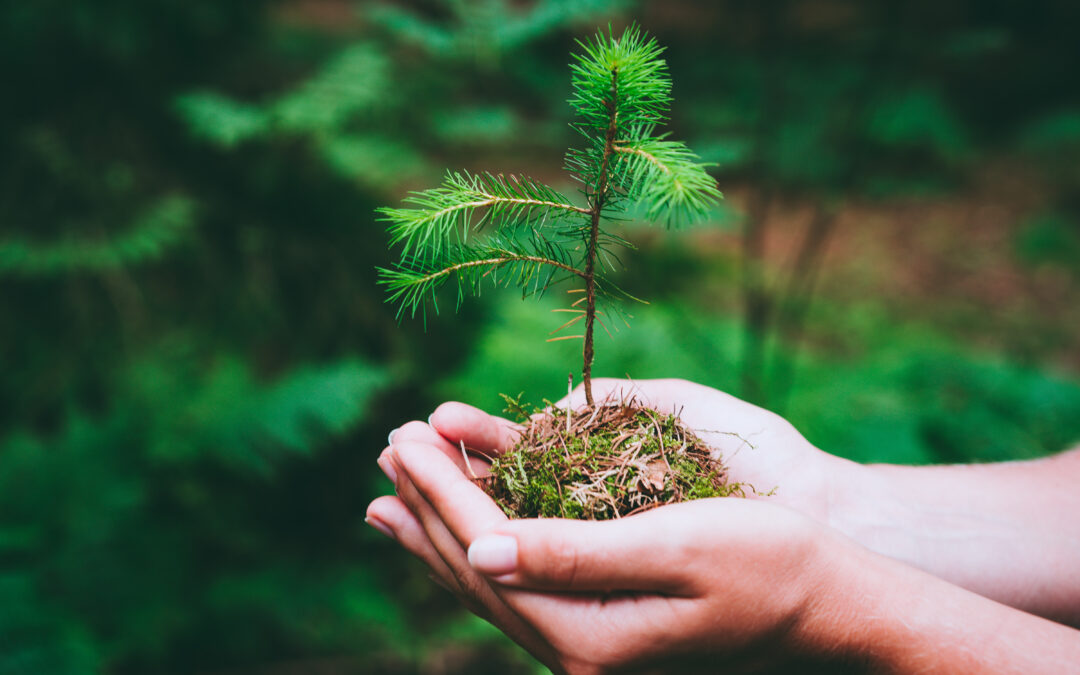Are you ready to start your own home farm? Whether you’re looking for a way to grow fresh produce or raise animals, starting a home farm can be an exciting and rewarding experience. In this blog post, we will cover everything you need to know about how to start your own home farm, from choosing the right plants and animals to marketing your homegrown products. Let’s get started!

Introduction to Home Farming

Home farming is becoming increasingly popular as people look for ways to live more sustainably and reduce their carbon footprint. By growing your own food, you can save money on groceries and enjoy the satisfaction of eating healthy, locally sourced ingredients. Additionally, raising animals such as chickens or goats can provide you with fresh milk, eggs, and meat.
Choosing the Right Plants and Animals
One of the most important steps in starting a home farm is selecting the right crops and livestock. Consider the climate and soil conditions in your area, as well as any restrictions or regulations that may apply. Some popular choices for home gardens include vegetables like tomatoes, lettuce, and carrots, while herbs like basil, rosemary, and thyme are also great options. For animal husbandry, consider the space available on your property, as well as the time and resources required to care for them properly. Chickens and goats are popular choices for small-scale farmers due to their relatively low maintenance requirements.
Get More Homesteading and Self-Reliance Tips. Subscribe!

Preparing Your Land for Planting
Once you have selected your crops and livestock, it’s time to prepare your land for planting. This involves clearing the ground, removing rocks and debris, and adding nutrients to the soil. You may also want to install irrigation systems or fencing to protect your crops and animals from predators. Building a Sustainable Ecosystem
A key aspect of successful home farming is creating a sustainable ecosystem. This means working with nature rather than against it by using natural pesticides and fertilizers, attracting beneficial insects, and maintaining a balance between predator and prey. By doing so, you can create a self-sufficient system that requires minimal intervention and produces high yields.
Harvesting and Preserving Your Crops
After months of hard work, it’s finally time to harvest your crops! Make sure to pick them at peak ripeness to ensure maximum flavor and nutrition. Once you have collected your bounty, it’s essential to preserve it correctly to extend its shelf life. Canning, freezing, and drying are all effective methods of preservation depending on the type of crop.
Marketing Your Homegrown Products
If you have excess produce or products, why not try selling them? There are many different ways to market your homegrown goods, including local farmer’s markets, online sales platforms, and community-supported agriculture programs (CSAs). By connecting with customers who value locally sourced ingredients, you can build a loyal following and earn extra income from your home farm.
In conclusion, starting a home farm can be both challenging and rewarding. With careful planning, attention to detail, and a commitment to sustainability, you can create a thriving ecosystem that provides fresh produce and products for years to come.



